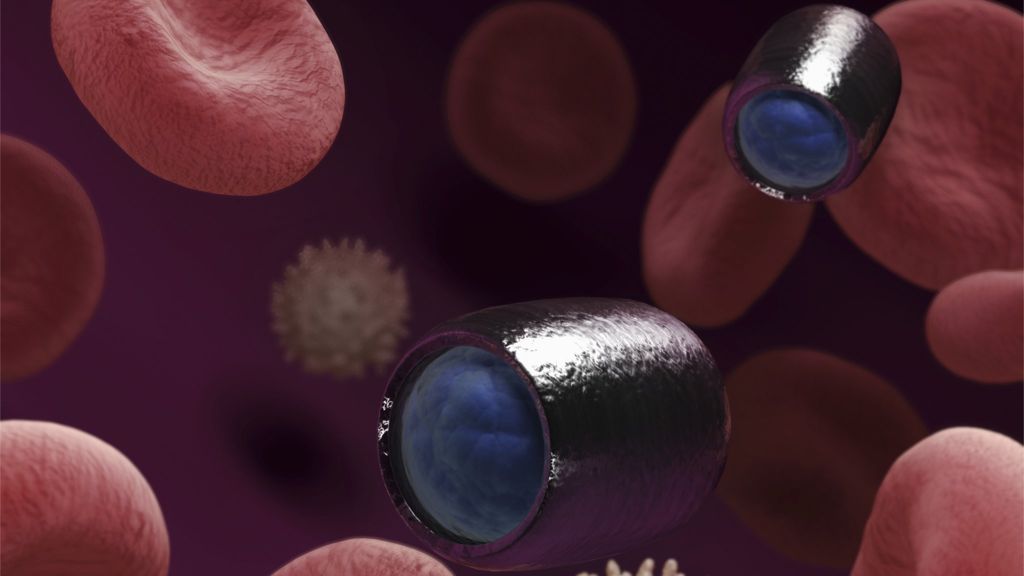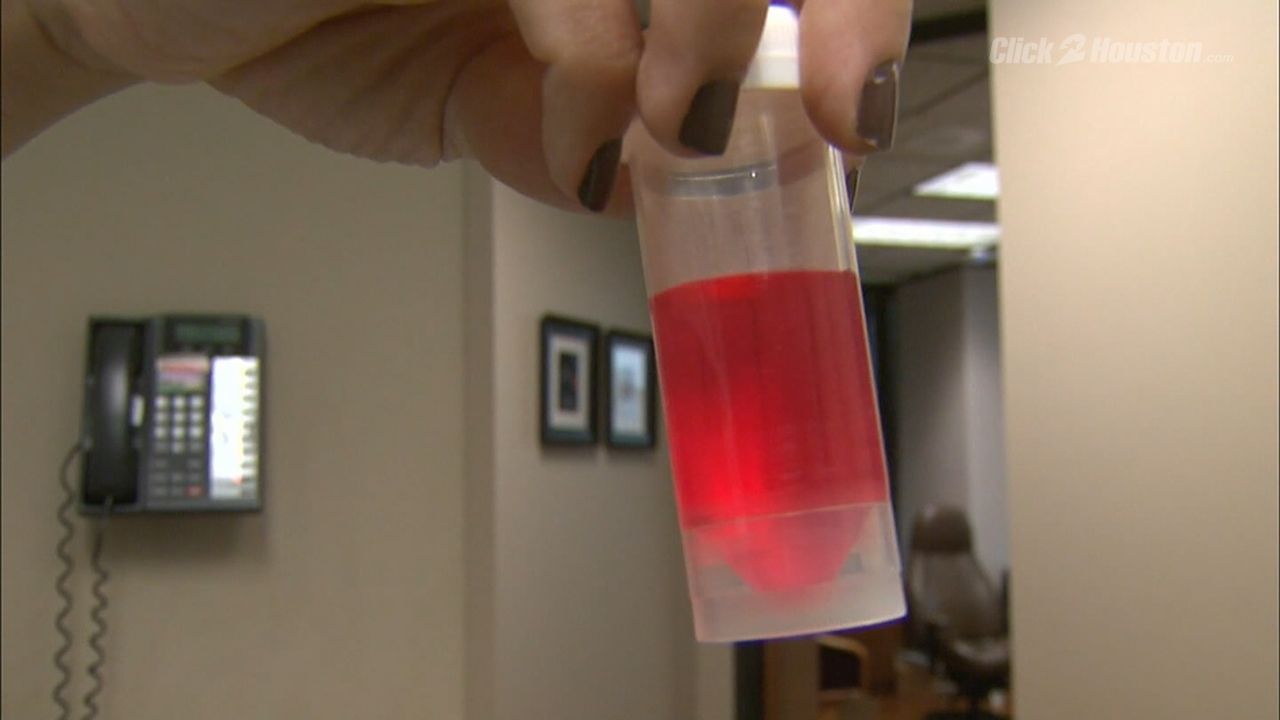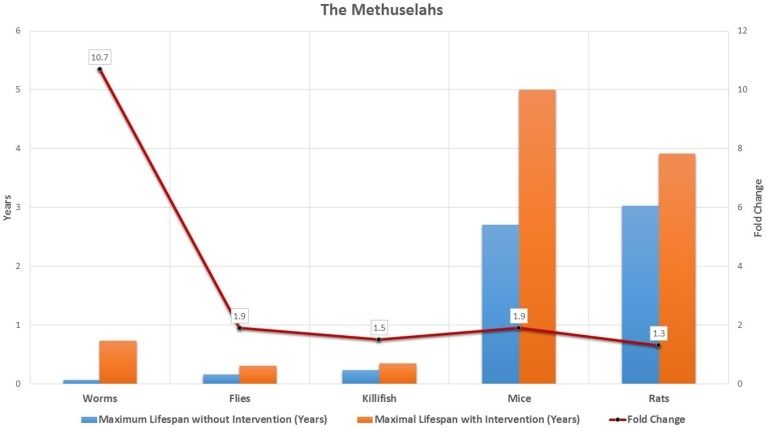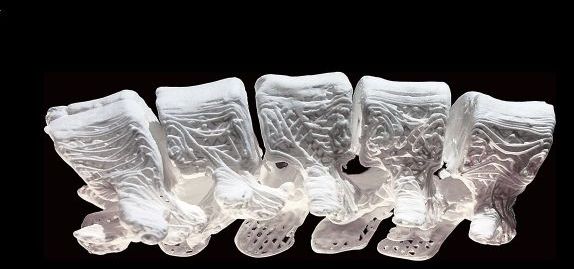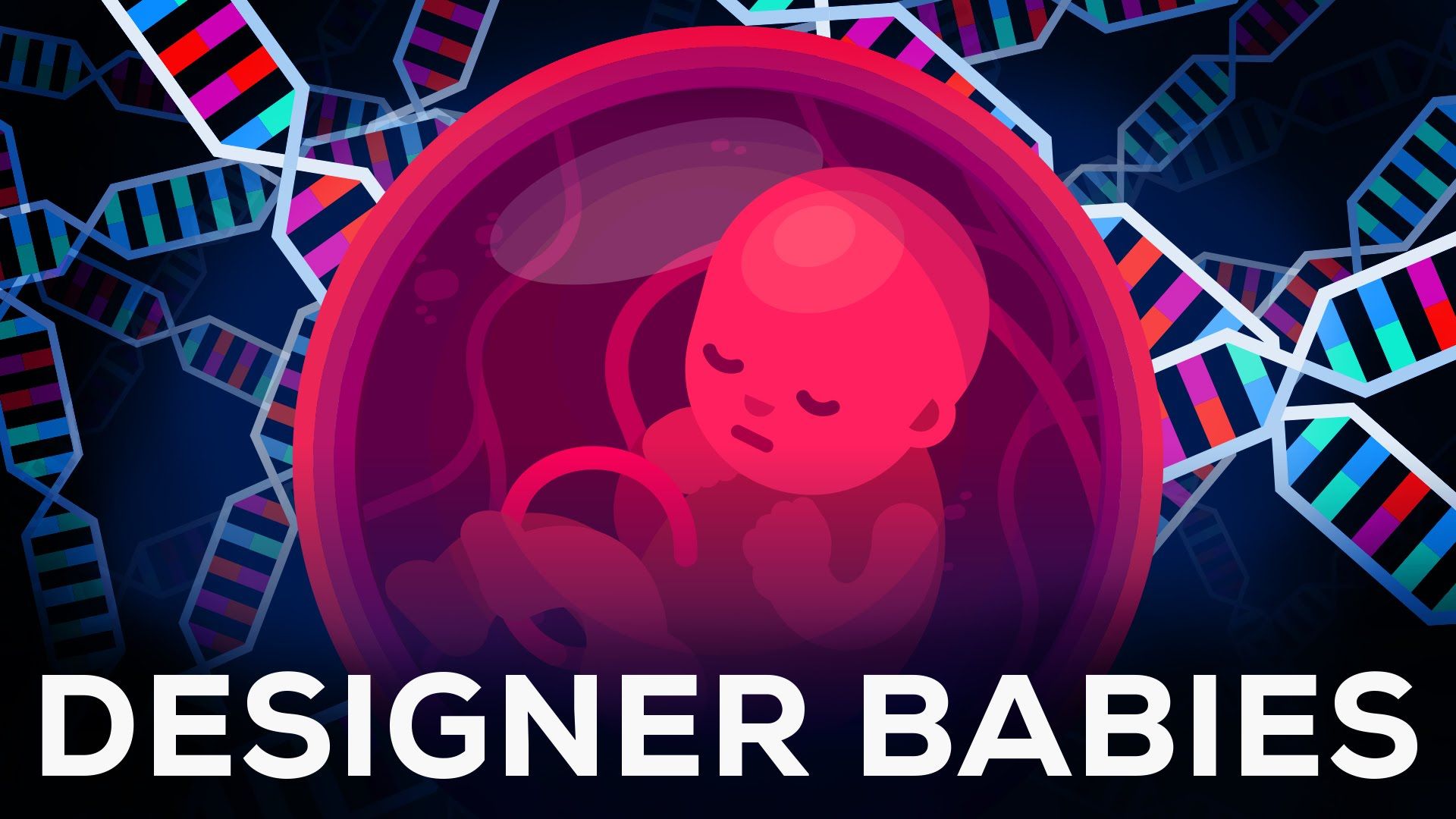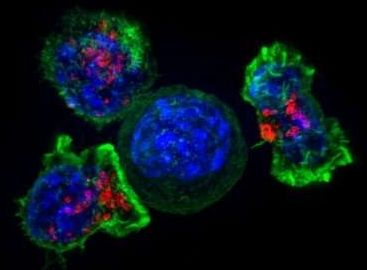Archive for the ‘biotech/medical’ category: Page 2531
Oct 5, 2016
(Im)mortality: Researchers Find That Human Lifespan Has A Max Limit
Posted by Aleksandar Vukovic in categories: bioengineering, biotech/medical, life extension
In Brief.
- New research concludes that human lifespan has already reached its peak of 125 years.
- The research does not take into account synthetic biology and advancements in biotech that could extend lifespans further.
Scientists at the Albert Einstein College of Medicine assert that they have discovered the maximum lifespan of human beings, and it’s a range we may no longer be able to exceed. Dr. Jan Vijg, professor of ophthalmology and visual sciences at Einstein, lead the research, which was published online today in the journal Nature.
Oct 5, 2016
An Example of the Glaring Lack of Ambition in Aging Research
Posted by Steve Hill in categories: biotech/medical, life extension
Scientific progress is being held back by established experts who lack ambition and vision.
The mainstream of aging research, at least in public, is characterized by a profound lack of ambition when it comes to treating aging as a medical condition. Researchers talk about slightly altering the trajectory of aging as though that is the absolute most that is possible, the summit of the mountain, and are in many cases ambivalent when it comes to advocating for even that minimal goal. It is this state of affairs that drove Aubrey de Grey and others into taking up advocacy and research, given that there are clear paths ahead to rejuvenation, not just a slight slowing of aging, but halting and reversing the causes of aging. Arguably embracing rejuvenation research programs would in addition cost less and take a much shorter span of time to produce results, since these programs are far more comprehensively mapped out than are efforts to produce drugs to alter the complex operations of metabolism so as to slightly slow the pace at which aging progresses. It is most frustrating to live in a world in which this possibility exists, yet is still a minority concern in the research community. This article is an example of the problem, in which an eminent researcher in the field takes a look at a few recently published books on aging research, and along the way reveals much about his own views on aging as an aspect of the human condition that needs little in the way of a solution. It is a terrible thing that people of this ilk are running the institutes and the funding bodies: this is a field crying out for disruption and revolution in the name of faster progress towards an end to aging.
Quote:
Continue reading “An Example of the Glaring Lack of Ambition in Aging Research” »
Oct 5, 2016
Wisdom teeth being saved for stem cell use
Posted by Steve Hill in category: biotech/medical
Finally a better ROI than selling them to the tooth fairy!
HOUSTON — A lot of research has been done on the benefits of saving stem cells from a baby’s umbilical cord, but not all parents realize the same cells can be taken from a child’s tooth that falls out or from a wisdom tooth.
A couple of weeks ago, 19-year-old Sydney Addicks had her wisdom teeth removed and saved in case of an emergency.
Continue reading “Wisdom teeth being saved for stem cell use” »
Oct 5, 2016
It is time to classify biological aging as a disease
Posted by Steve Hill in categories: biotech/medical, health, life extension, neuroscience
Classifying aging as a disease, the debate is hotting up as ICD11 at WHO draws near.
What is considered to be normal and what is considered to be diseased is strongly influenced by historical context (Moody, 2001/2002). Matters once considered to be diseases are no longer classified as such. For example, when black slaves ran away from plantations they were labeled to suffer from drapetomania and medical treatment was used to try to “cure” them (Reznek, 1987). Similarly, masturbation was seen as a disease and treated with treatments such as cutting away the clitoris or cauterizing it (Reznek, 1987). Finally, homosexuality was considered a disease as recently as 1974 (Reznek, 1987). In addition to the social and cultural influence on disease definition, new scientific and medical discoveries lead to the revision of what is a disease and what is not (Butler, 2008). For example, fever was once seen as a disease in its own right but the realization that different underlying causes would lead to the appearance of fever changed its status from disease to symptom (Reznek, 1987). Conversely, several currently recognized diseases, such as osteoporosis, isolated systolic hypertension, and senile Alzheimer’s disease, were in the past ascribed to normal aging (Izaks and Westendorp, 2003; Gems, 2011). Osteoporosis was only officially recognized as a disease in 1994 by the World Health Organization (WHO, 1994).
Continue reading “It is time to classify biological aging as a disease” »
Oct 5, 2016
How we can profit from winning the battle against ageing
Posted by Steve Hill in categories: biotech/medical, health, life extension
How society can profit from treating age-related diseases.
We’re now living longer than ever – only to suffer from diseases of old age. New therapies promise a new lease of life for the elderly – and big profits for investors, says Matthew Partridge.
Over the past century, average life expectancy in most countries has grown substantially. Vastly lower infant mortality, improved living standards, better public sanitation, and the discovery of cures or vaccines for many once-deadly diseases, have seen average life expectancy in most developed nations rise to around 80, compared with 50 in 1900. Developing nations have benefited too. Life expectancy in China, for example, was just 43 in 1960 – it’s 75 today. Indeed, according to the World Health Organisation, no individual nation outside Africa now has a life expectancy of below 60, and even Africa has seen huge gains since 2000, helped by improved anti-malarial measures and wider availability of HIV/Aids treatments.
Continue reading “How we can profit from winning the battle against ageing” »
Oct 4, 2016
Doctors Can Now 3D-Print Bones On Demand, Thanks to a New “Hyperelastic” Material
Posted by Shailesh Prasad in categories: 3D printing, biotech/medical
In Brief.
- New 3D printed bones are ‘hyperelastic,’ making them more malleable during procedures.
- 3D printers in hospitals could provide the hyperelastic bone ink, so surgeons could make implants in 24 hours.
Remarkable.
This best describes the new bone-mending technology developed at Northwestern University in Evanston, Illinois by Ramille Shah and her colleagues. They used ink made from a natural bone mineral called hydroxyapatite, mixed with PLGA, a mineral-binding polymer that makes the implants elastic.
Oct 4, 2016
The Age of CRISPR: Why Genetic Engineering Will Change Everything
Posted by Shailesh Prasad in categories: bioengineering, biotech/medical, genetics
Oct 4, 2016
Programmable T cells chase down cancer, deliver drugs directly to tumors
Posted by Steve Hill in category: biotech/medical
Customised immunotherapy for treating cancer is part of the new generation of biotech solutions to diseases.
UC San Francisco scientists have engineered human immune cells that can precisely locate diseased cells anywhere in the body and execute a wide range of customizable responses, including the delivery of drugs or other therapeutic payloads directly to tumors or other unhealthy tissues. In experiments with mice, these immune cells, called synNotch T cells, efficiently homed in on tumors and released a specialized antibody therapy, eradicating the cancer without attacking normal cells.
As reported in the Sept. 29, 2016, online edition of Cell, in addition to delivering therapeutic agents, synNotch cells can be programmed to kill cancer cells in a variety of other ways. But synNotch cells can also carry out instructions that suppress the immune response, offering the possibility that these cells could be used to treat autoimmune diseases such as type 1 diabetes or to locally suppress immune system rejection of transplanted organs.
Continue reading “Programmable T cells chase down cancer, deliver drugs directly to tumors” »
Oct 4, 2016
HIV cure close after disease ‘vanishes’ from blood of British man
Posted by Steve Hill in category: biotech/medical
UK researchers from five major universities close in on a cure for HIV by reprogramming immune cells to recognize the virus and destroy it.
A British man could become the first person in the world to be cured of HIV using a new therapy designed by a team of scientists from five UK universities.
The 44-year-old is one of 50 people currently trialling a treatment which targets the disease even in its dormant state.
Continue reading “HIV cure close after disease ‘vanishes’ from blood of British man” »
